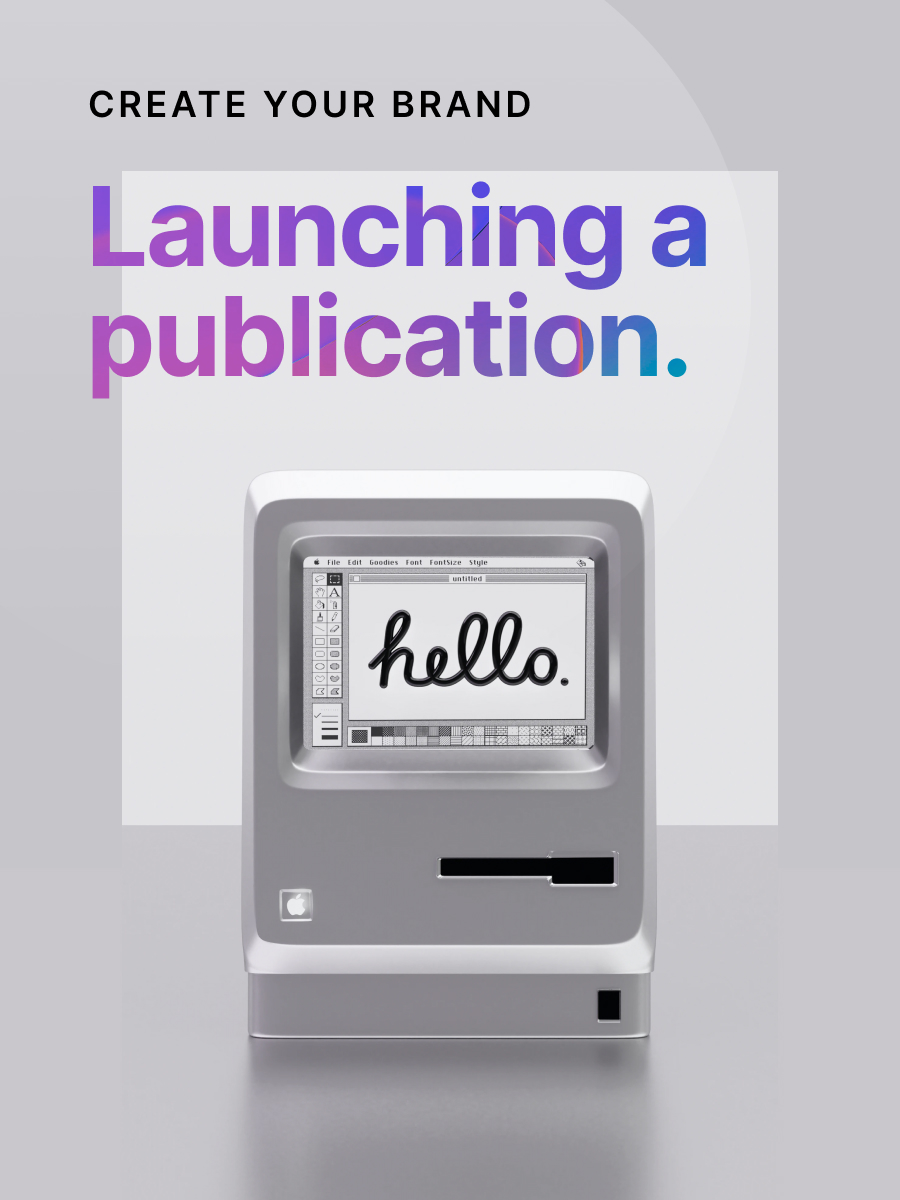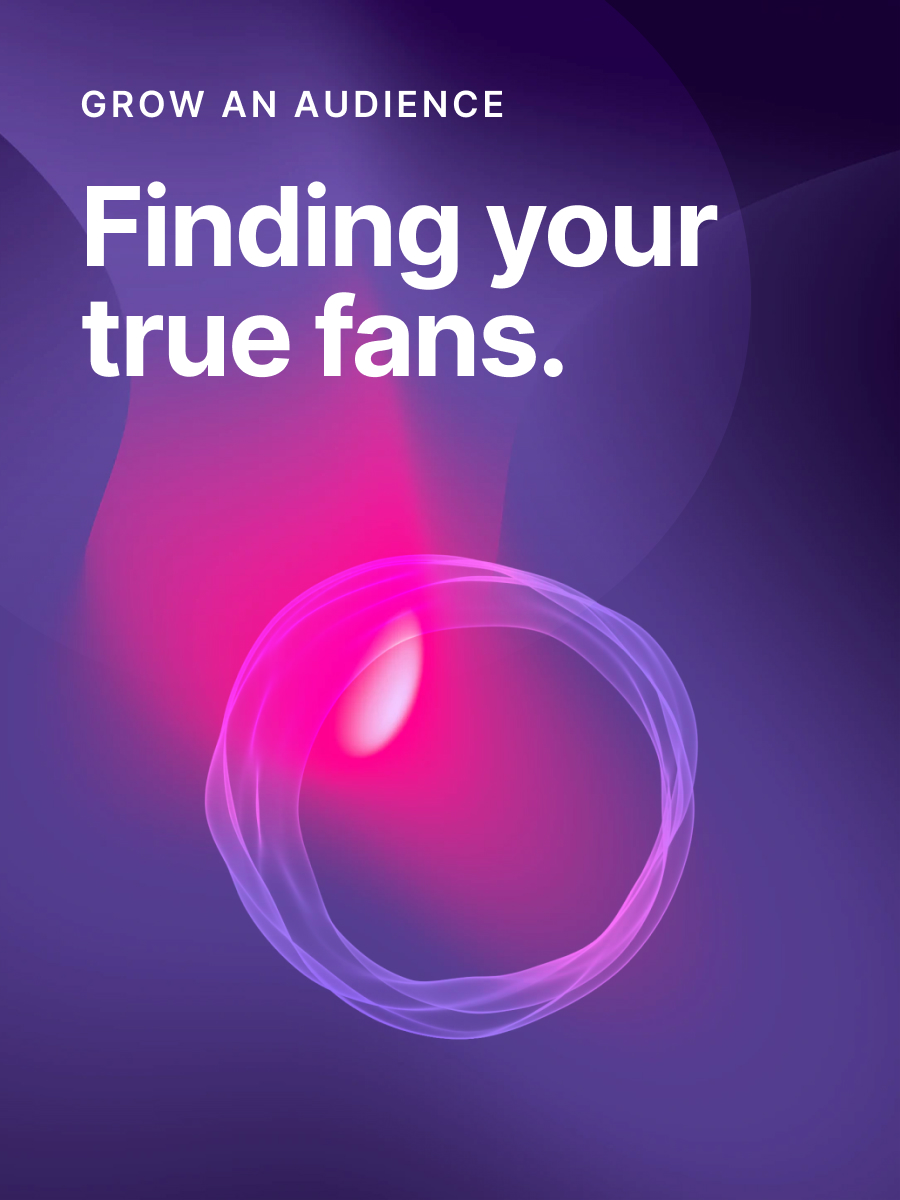The six-figure formula for creators
Welcome to the first edition of our new Ghost Newsletter.
Publisher Weekly just got an upgrade. The new format, along with our blog evolving into Resources, is all about helping creators, like you, succeed in a sustainable way. We're not just here to keep you informed but also equipped with the strategy, tactics, and tools you need to achieve your goals.
Welcome to The Ghost Newsletter.
💬 In this week's issue:
- $100,000. See what's working for six-figure creators right now.
- Physical products. Discover why digital publishers are crossing into a whole new product category.
- Incentives. Learn what the Ozy Media scandal means for solo creators.
💸 102 Creators who’ve each earned over $100,000 share their single best tip
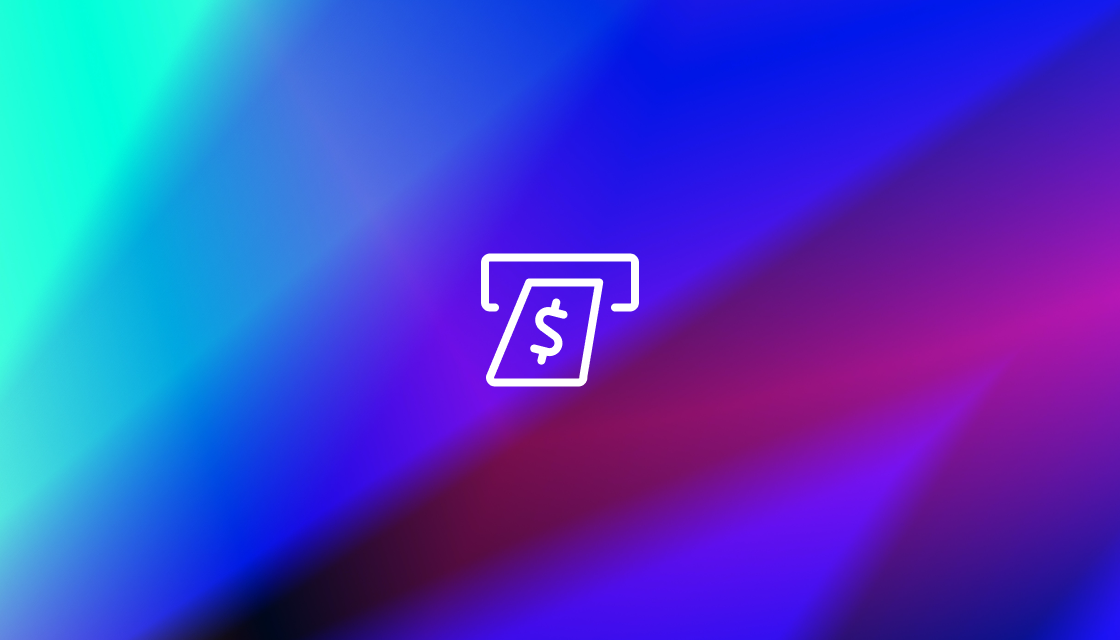
You are absolutely capable of building a six-figure income online. Whatever differences you think may exist between successful creators and you, they're less important than you think.
This article curates much of the well-known advice you hear distributed across the space: be consistent, give away free stuff, remember that not everyone is your audience. If anything, much of it is a good reminder that the highest-earning creators aren't using some special formula to achieve their results. They're simply following what works.
That being said, there were 3 tips worth highlighting and especially relevant for those publishing newsletters and blogs.
Tip #1:
Finding something that works is purely a numbers game. Try as many things as possible. First breadth, then depth. Explore, then exploit. — Traf
Finding your niche is a process, not a decision. If you've published fewer than 20 - 50 articles or editions of your newsletter, it's likely you're still in the explore phase. It takes time to find alignment (e.g., some creators on this list took 3-9 years to find theirs).
Tip #2:
The first bite is with the eye — Yotam Ottolenghi
Make your content and products visually attractive. Yes, this applies to you! Use a good theme, format your posts well, hire help for a logo or illustrations. Even in a digital landscape, people still judge books by their covers.
Tip #3:
80% of your time and effort should go into promoting your product. — Christian Heidown
Most creators prefer making things much more than they do sharing what they've made. And that is exactly why those who prioritize promotion win.
🗞 Latest news
- Crypto blogging: Ethereum-based blogging platform Mirror opens up to everyone.
- Twitter thoughts: Why do so many online communities fail.
- Audio's rebound: Spotify launches Greenroom.
- Robot reporters: How AI can help public journalism.
- Traffic hack: Blogger breaks down how to turn your Twitter profile into a discovery funnel.
🛒 Digital publishers are flirting with physical products
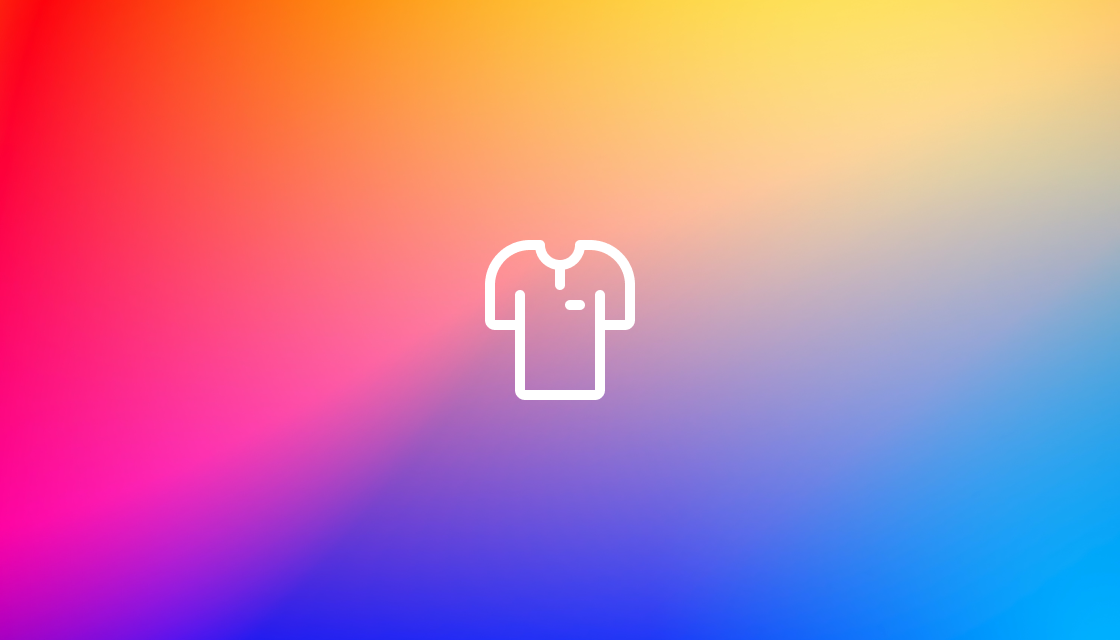
The benefits of digital products are common knowledge at this point: low entry bar, immediate delivery, near-zero cost to replicate, ability to update/edit/improve over time.
And yet, even as more things move online there is still a desire for physical goods. You don't have to look far to see creators earning a significant portion of their revenue from merch, collectibles (like cards and dice sets), and other branded goods.
Two examples of this trend in the publishing space are the clothing line launched by The Publish Press and the limited edition book sold by Craig Mod.
- Physical items help build brand loyalty.
- They encourage growth by marketing to your fans' circles of influence (e.g., when they see your logo on their shirt or book on their shelf).
- A one-time physical purchase can complement a recurring subscription model.
Les petits ruisseaux font les grandes rivières. Little streams (e.g., multiple sources of revenue) make big rivers.
🚨 Ozy Media and the tragedy of misaligned incentives
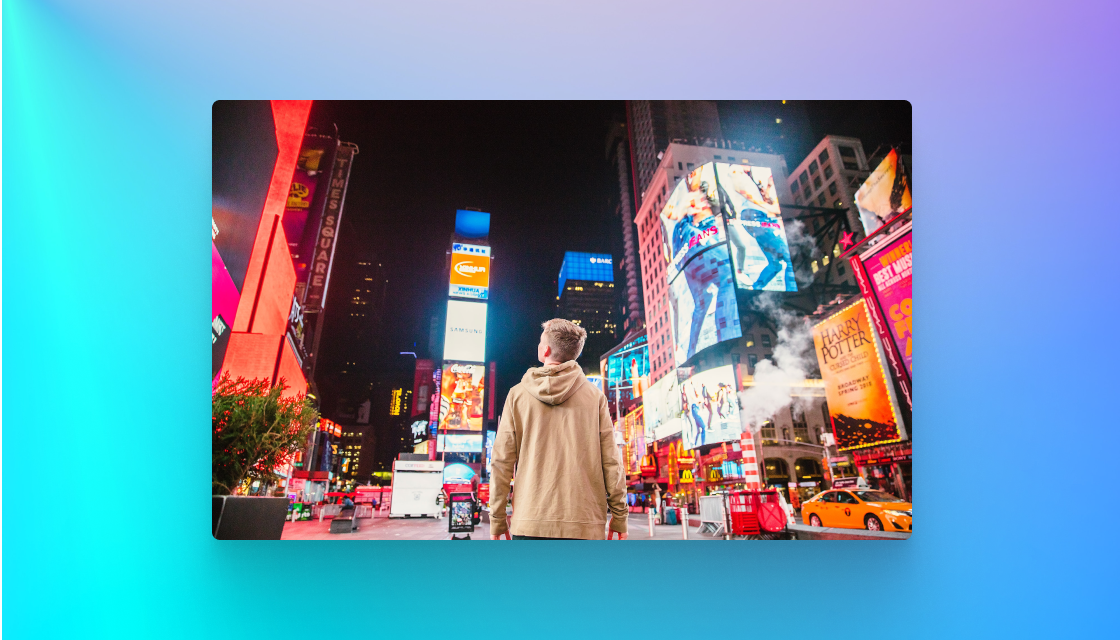
Like most of the publishing industry, Ozy paid the bills with advertiser money. They wanted eyeballs, at any cost. Which is why their laundry list of misdeeds eventually ballooned into outright fraud.
Then, to add insult to injury, once their collapse went viral they decided to capitalize on the opportunity and relaunch their publications. The eyeballs were back, so why not. 🤦♀️
Their story, much like the current Facebook drama, exemplifies why creators need sustainable business models:
- Platforms that enable direct relationships with your fans.
- Income that doesn't rely on virality.
- Transparent alignment between what is best for you, your people, and your business.
There's a better way to win online.
Sustainable businesses are the tortoises in a race against the hares. It really doesn't matter how fast the competition moves if they're headed in the wrong direction.
👀 Curator's pick
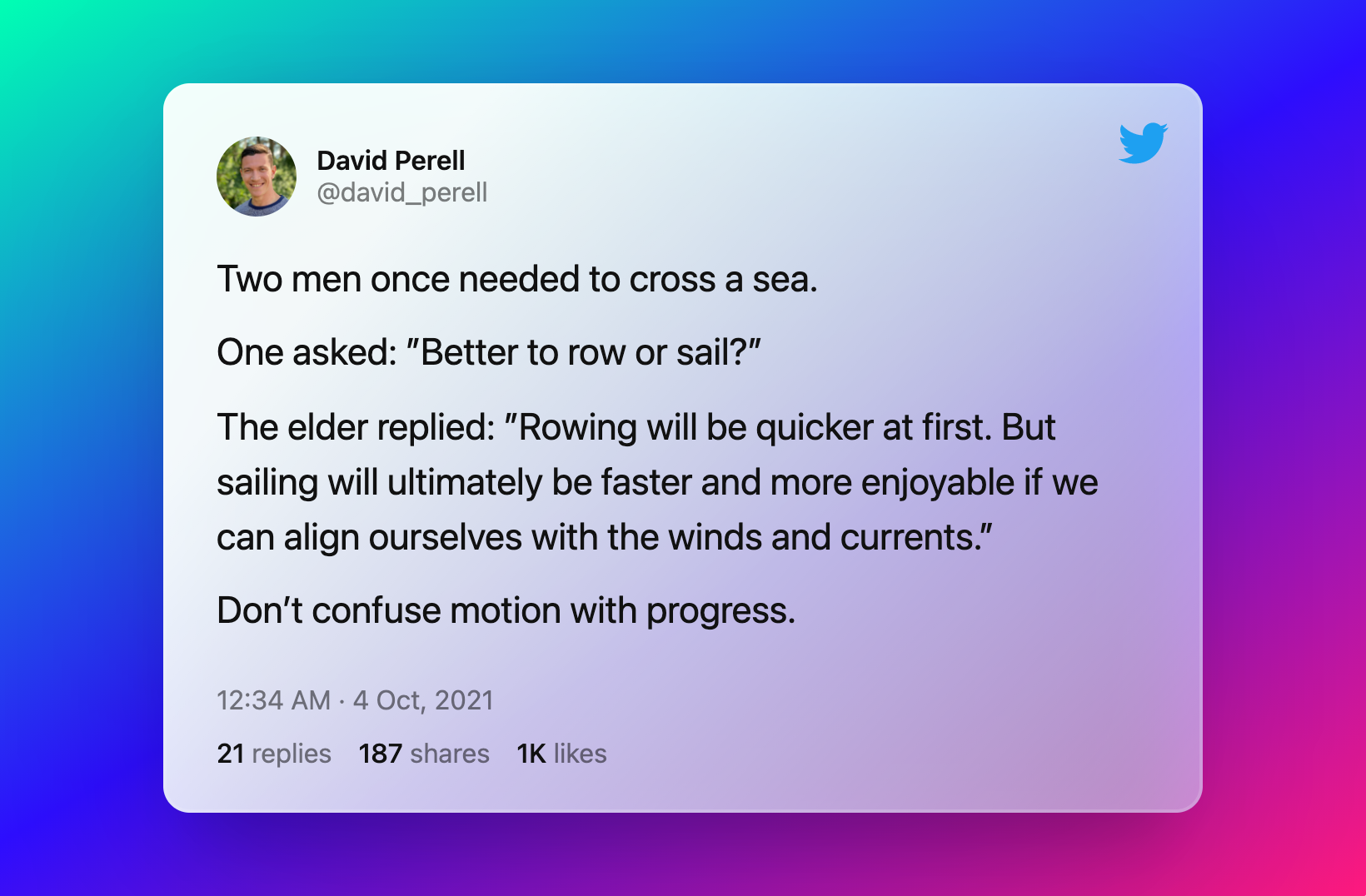
❤️ Enjoy this newsletter?
Forward to a friend and let them know where they can subscribe (hint: it's here).
Anything else? Hit reply to send us feedback or say hello.
Join the invite-only community! Connect with like-minded people who create content professionally. Fill out this form to get on the list!



